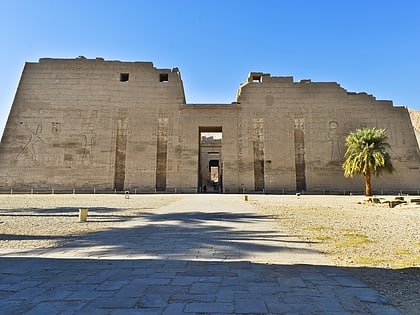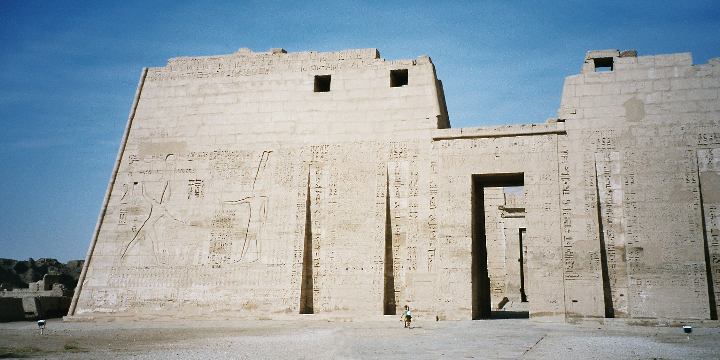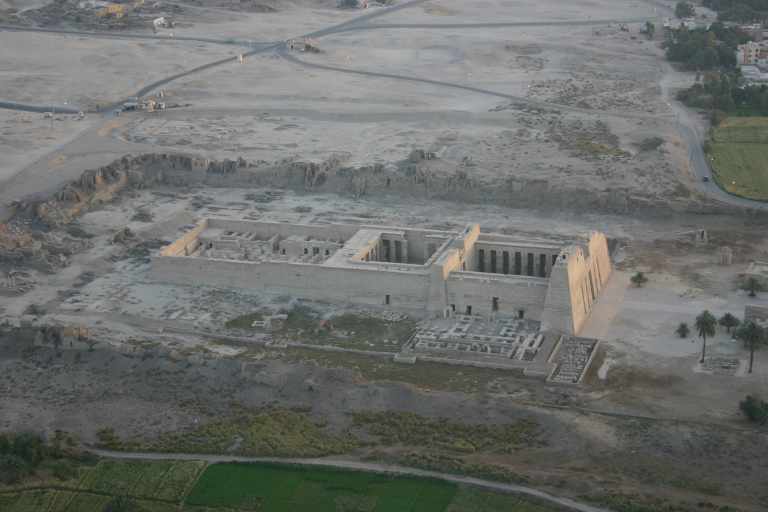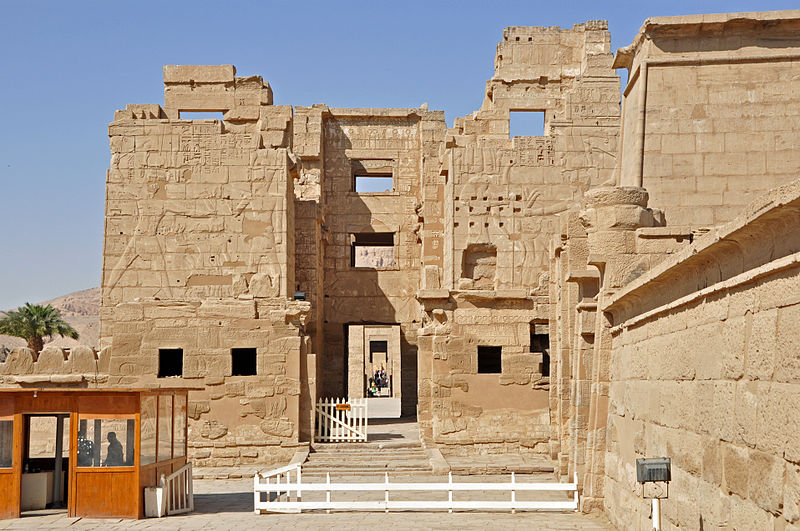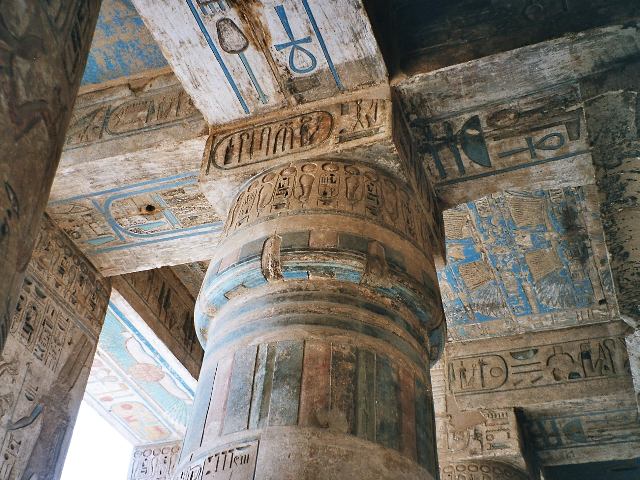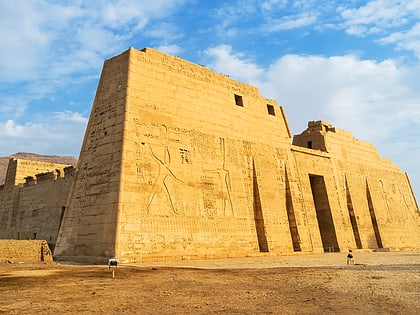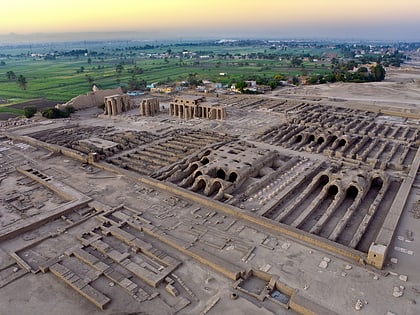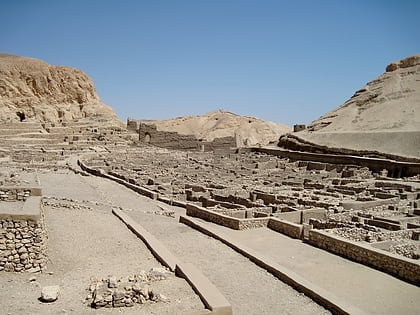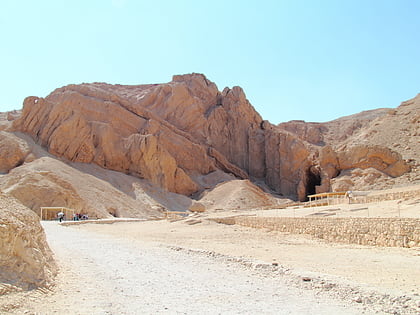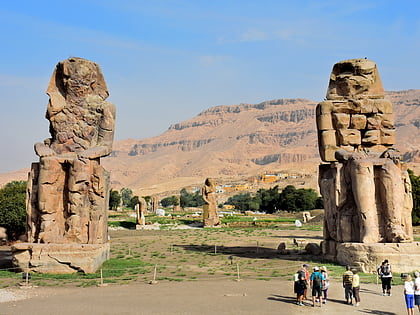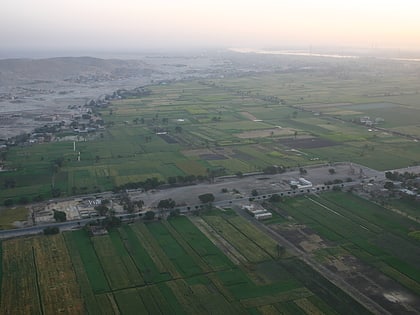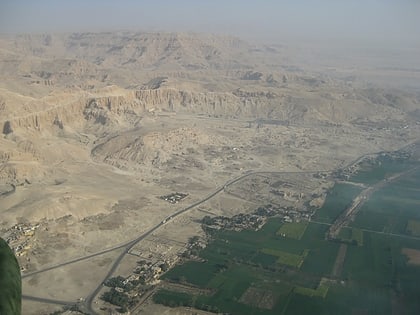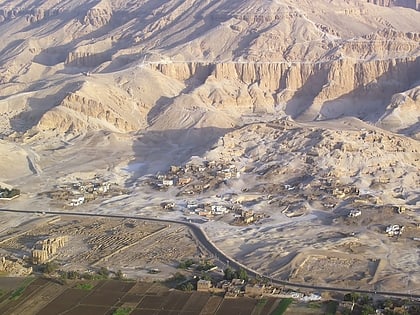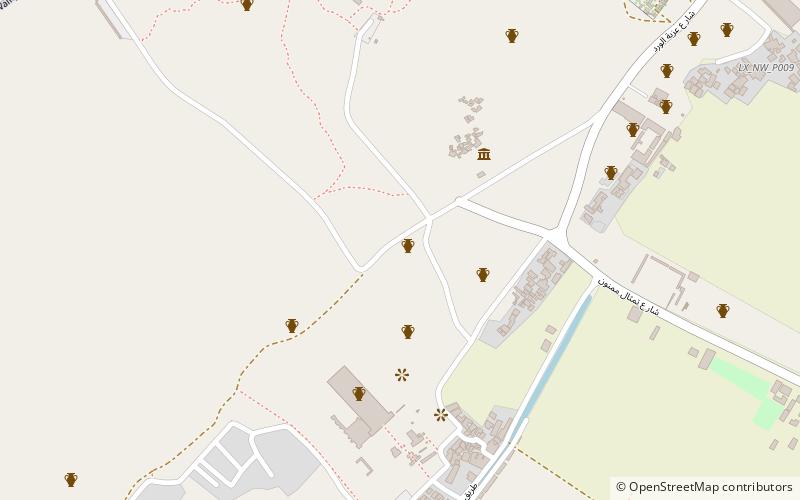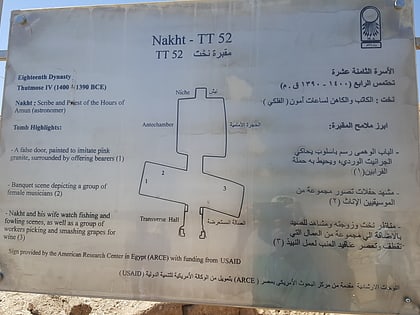Medinet Habu, Luxor
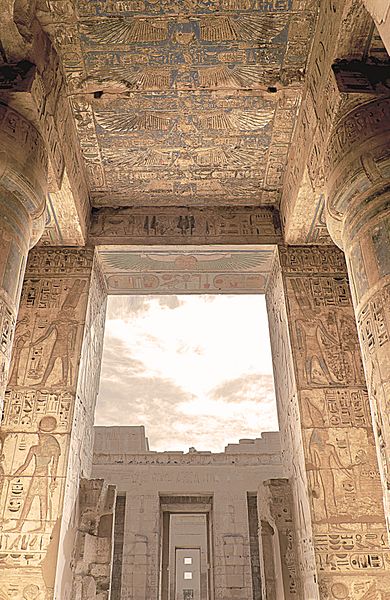
Facts and practical information
Medinet Habu, an ancient necropolis on the west bank of the Nile in Luxor, Egypt, stands as an enduring testament to the grandeur of the New Kingdom pharaohs. This mortuary temple complex, primarily associated with Ramesses III, the second Pharaoh of the Twentieth Dynasty, was constructed in the 12th century BCE. It is one of the best-preserved temples of its era, offering a treasure trove of historical and architectural insights.
The site is distinguished by its massive mudbrick enclosure walls, which evoke the appearance of a fortress. The complex includes the Temple of Ramesses III, smaller temples, chapels, and a series of administrative buildings. Intricately carved reliefs adorn the temple walls, depicting the pharaoh's military triumphs and religious ceremonies, providing scholars with valuable information about the practices and beliefs of the period.
One of the most striking features of Medinet Habu is its grand entrance, which resembles the Syrian migdol fortresses, symbolizing the king's military prowess. The temple's second pylon leads to a peristyle hall, followed by the hypostyle hall, and finally the inner sanctum where the god Amun was worshipped.
Aside from its architectural significance, Medinet Habu is also renowned for the well-preserved colors on the reliefs and the texts that cover the walls, including the longest surviving hieroglyphic inscription from ancient Egypt, known as the "Great Harris Papyrus," which records the donations of Ramesses III.
Medinet Habu serves not only as a monument to the past but also as a critical site for understanding the economic and social aspects of the New Kingdom. The site's records provide insight into the administrative machinery of the time and the economic crisis that marked the end of the New Kingdom.
Luxor
Medinet Habu – popular in the area (distance from the attraction)
Nearby attractions include: Medinet Habu, Ramesseum, Deir el-Medina, Valley of the Queens.
